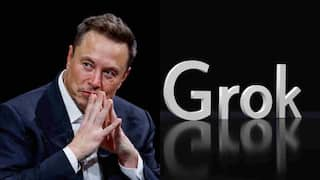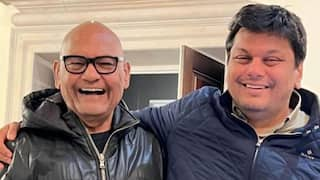Mumbai Is Witnessing A 'Sea Change', Literally

Mumbai’s relationship with the sea is complex. It can be described as intimate, benevolent, hostile, and conflicting. From one perspective, Mumbai is the baby of the Arabian Sea. The city has grown by combining seven tiny islands into a single landmass. But another view could see this as an encroachment on the sea’s territory. Apart from linking the seven islands, land has been heavily reclaimed from the sea, pushing its boundaries.
The wrath of the sea is witnessed during the monsoons when its high tide combines with heavy rains and the entire city comes to a standstill due to flooding and water logging. As a process, continuing since the colonial times, storm water is disposed in the sea, but the same is pushed back into the city during high tides.
But the sea is not just an anti-hero in the lives of Mumbaikars. It’s beaches welcome hordes of people every weekend to spend time in leisure with family and friends. Beaches like Girgaon, Juhu and Dadar become vibrant and overnight picnics and parties are held at Manori and Madh. Till a few years back, Mumbai had its only water sports facility at Girgaon Chowpatty. Sadly, it had to shut down because of bureaucratic procedures and litigations.
Mumbai is the largest natural port in India, and this makes the city an important centre for trade and commerce. Mumbai, hailed as the financial capital of India, is also counted among the top international cities.
However, it seems ironic that despite Mumbai having a coastline of around 100 kilometres, it has not been efficiently used for intra-city or intercity water transportation. In the past few years, several attempts have been made to run water taxi services and hovercrafts to connect south Mumbai with the suburbs and Navi Mumbai, but they didn’t prove to be economically viable for daily commuters. They ran into losses.
Now, there is a hope that things are going to change for the better within the next two years. The under-construction ‘Trans Harbour Link’ that begins from Sewri in eastern Mumbai, will connect Navi Mumbai, Uran and the upcoming international airport. The 22-kilometre long bridge will be the largest connector on any water body in India. It is expected to reduce the travel time towards Navi Mumbai, Pune, Alibaug and Goa by over an hour. Out of the total 22-kilometre stretch, 17 kilometres will over the Thane creek. If all goes well, Mumbaikars could zoom through it by November this year.
On the western side of Mumbai, the work on the Coastal Road is in full swing. This will connect the Marine Drive in the south to Kandivali in the north. The 30-kilometre-long eight-lane road is likely to ease traffic between the island city and the western suburbs. A part of the coastal road will pass under the sea as a tunnel which will also go underneath the Malabar Hill.
Both Trans Harbour Link and the Coastal Road are tapping the sea to make the life of motorists in Mumbai easier. It is definitely adding to the benevolent quotient of the sea and it can rightly be said that Mumbai is witnessing a “sea change”, literally!
[Disclaimer: The opinions, beliefs, and views expressed by the various authors and forum participants on this website are personal.]


























